Debunking Armenian Defence Ministry's lies Exposing facts behind alleged shelling
On March 31, the Ministry of Defence of Armenia stated that the Azerbaijani armed forces shelled the village of Khanazakh in the Syunik region. The statement claimed that a residential house was damaged as a result of the shelling, but no casualties occurred. This information was also shared on social media by the head of the press service of the Armenian Ministry of Defence, according to Faktyoxla Lab.
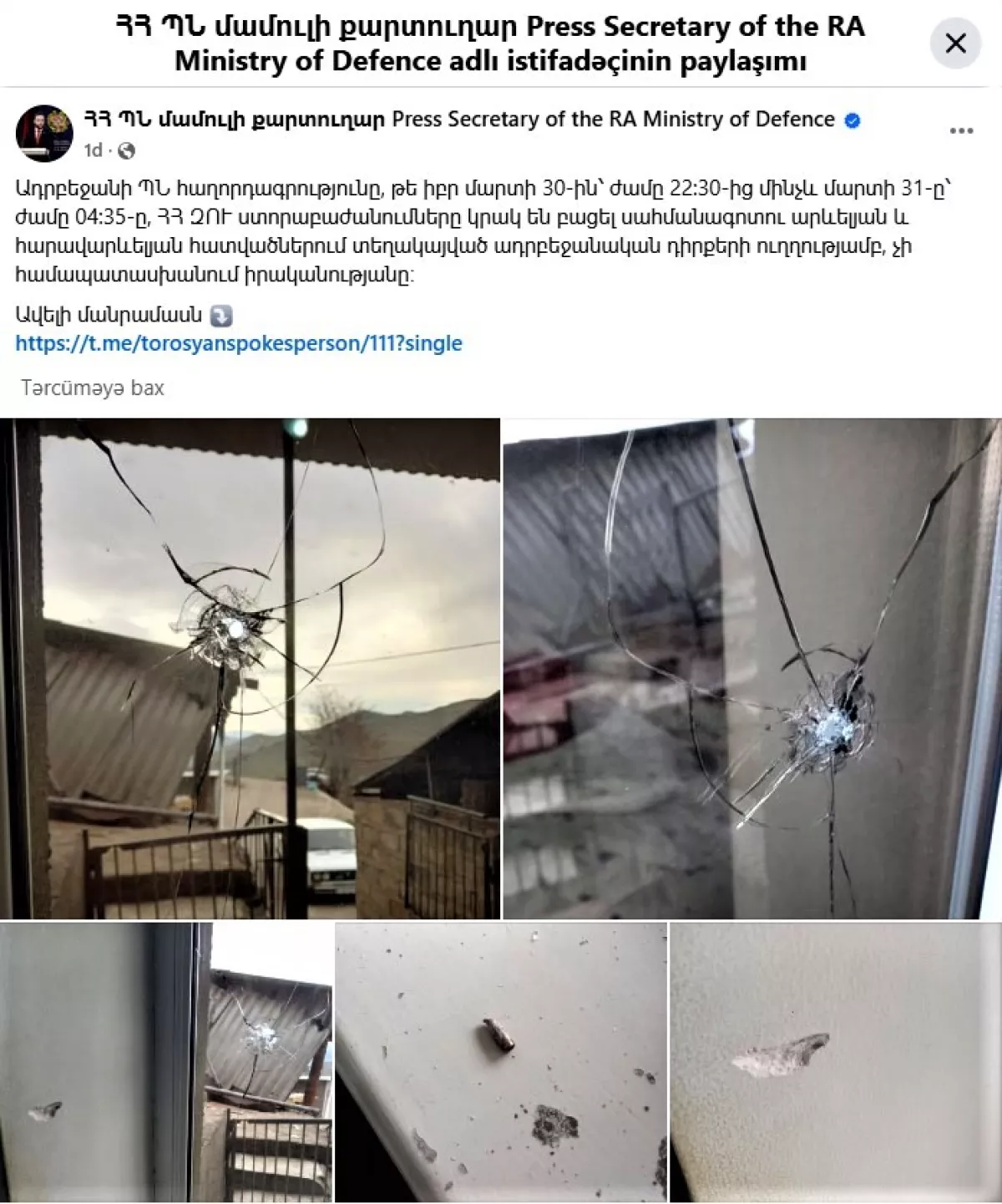
After this publication, the information was widely spread across all Armenian media,
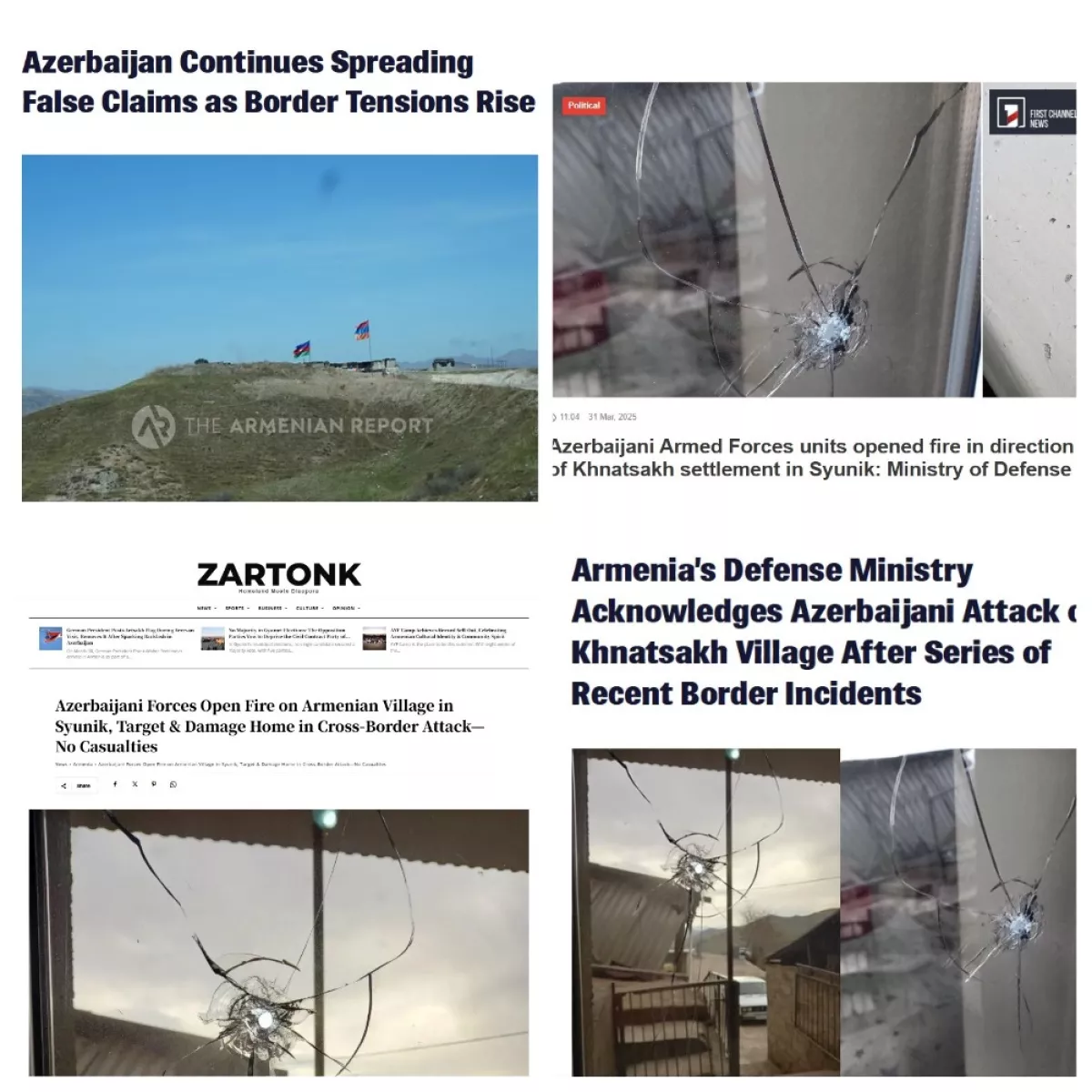
and comments on the matter were made by such anti-Azerbaijani "figures" as Iranian expert Ehsan Movahedian and Russian State Duma deputy, pro-Armenian politician Vitaly Milonov.
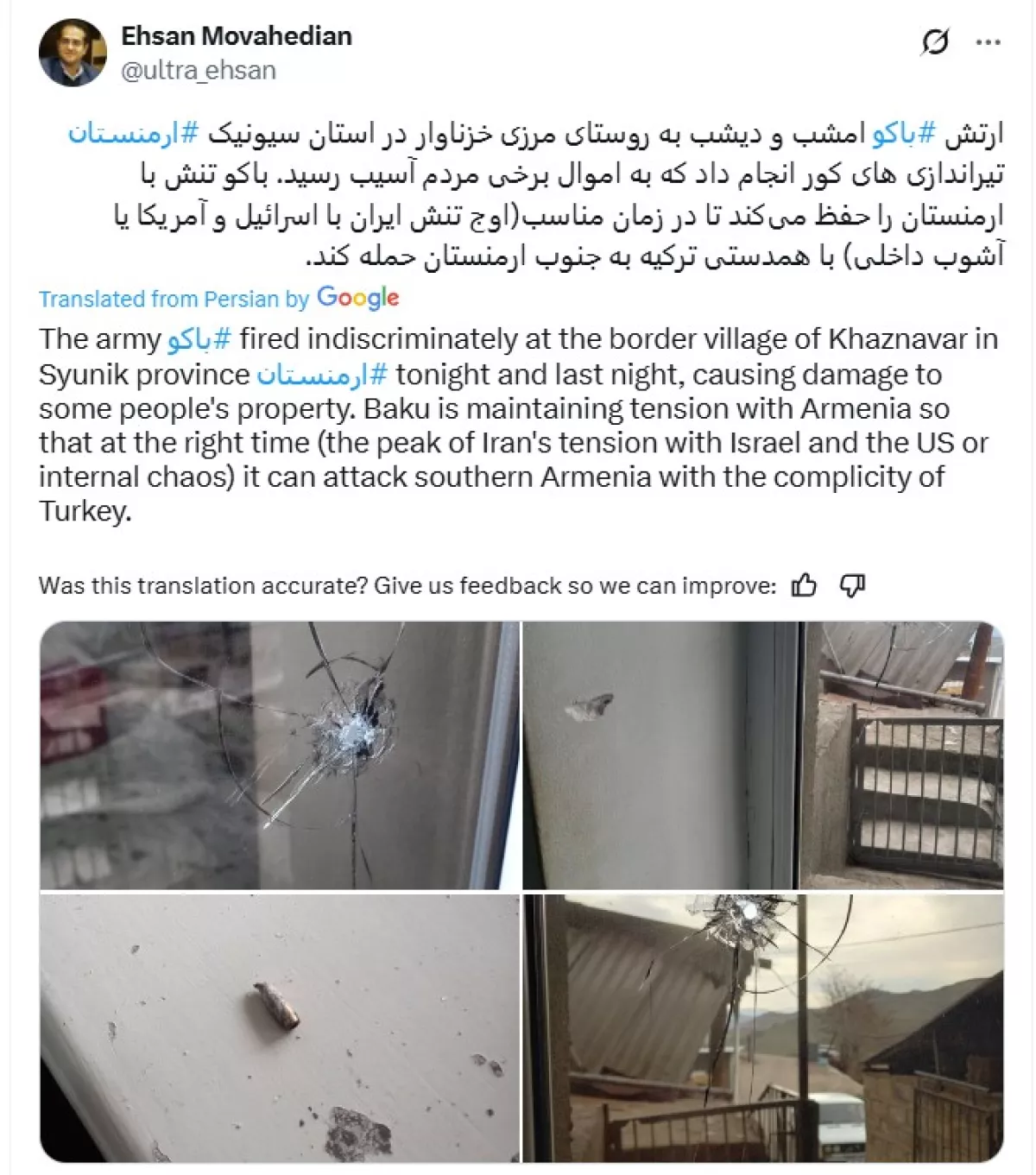
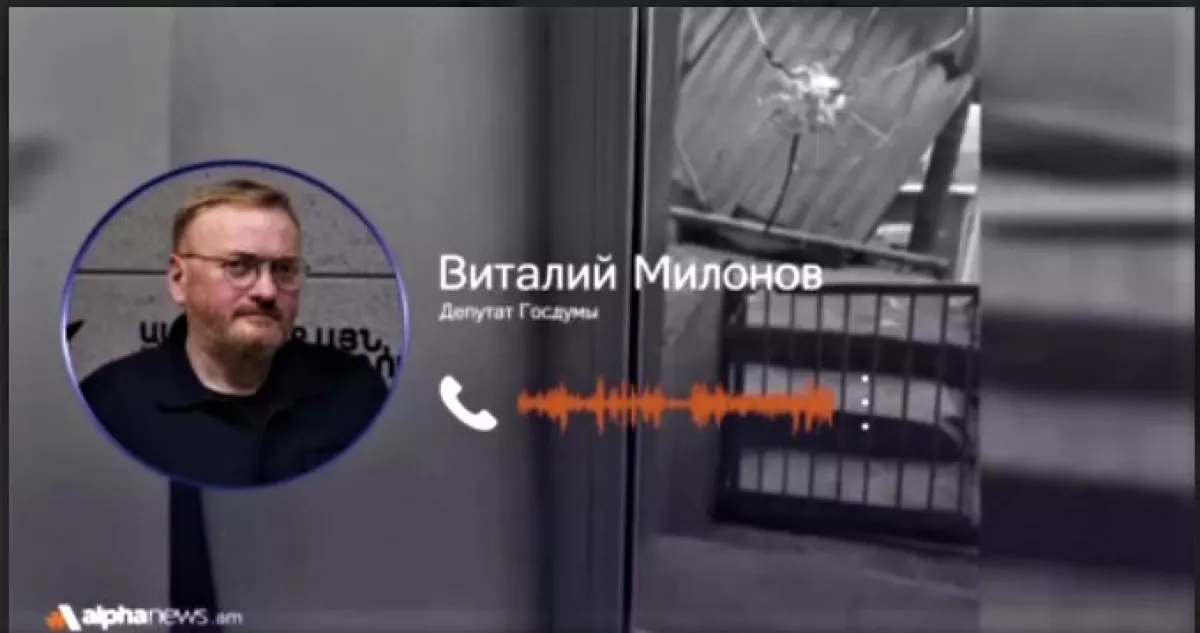
The Azerbaijani Ministry of Defence, refuting this information, called it another piece of disinformation.
Faktyoxla Lab investigated the veracity of this claim.
According to the information disseminated by the Armenian Ministry of Defence, it is stated that there is a hole from a gunshot in the window of the house, and that there is a dent in the wall and a deformed bullet from the impact.
However, for a more accurate investigation (ballistic expertise), precise measurements of the hole's depth in the window, an analysis of glass fragments (which, for some reason, the Armenian side did not show), and laboratory examination of the deformed bullet would be necessary. Nevertheless, during a virtual expert analysis conducted based on the presented photographs, several irrefutable facts were identified.
The village of Khanazakh is the closest territory to the conditional border with Azerbaijan in Armenia.
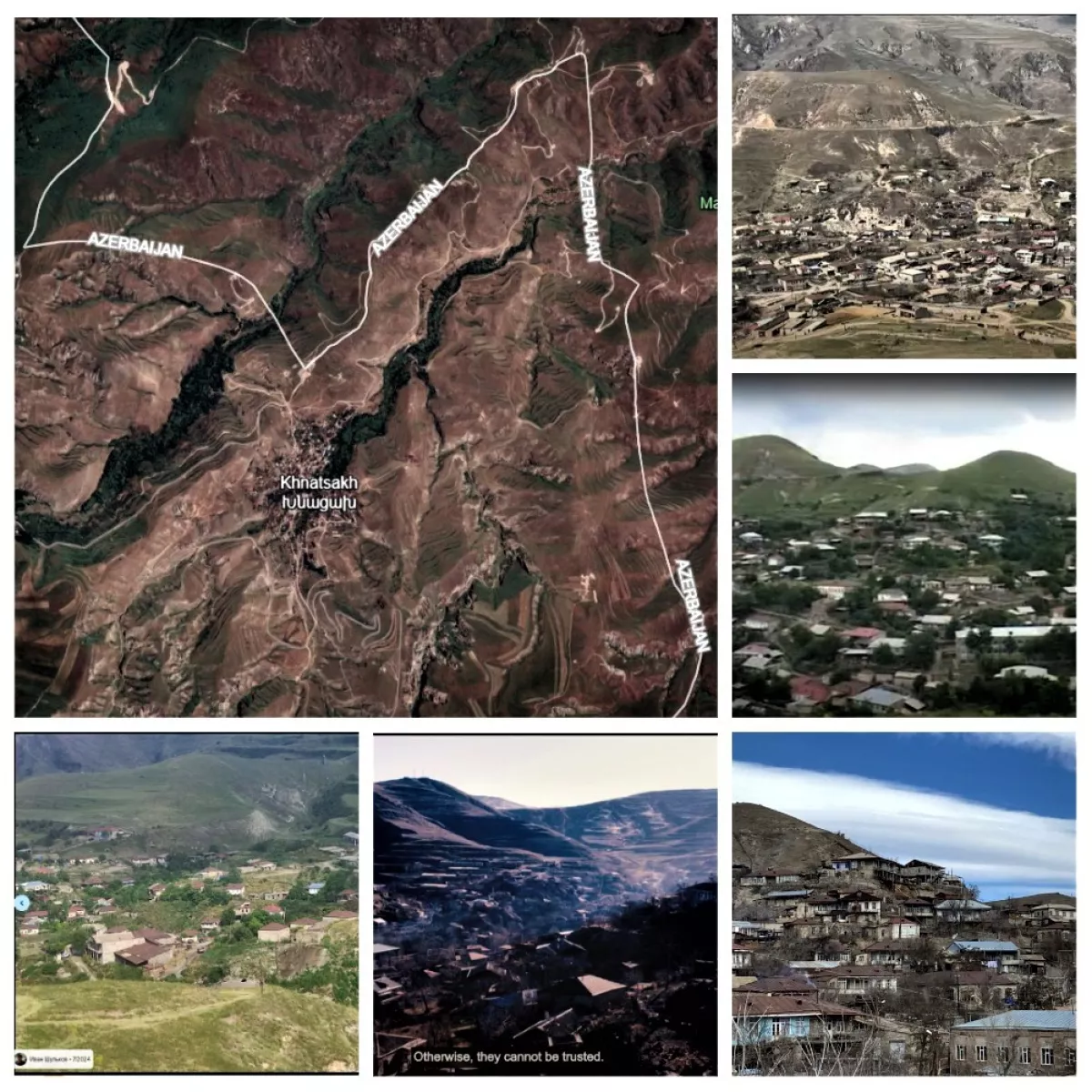
For reference, the footage showing the proximity of the positions of both countries, which was spread in the media, was filmed specifically at a post located near this village.
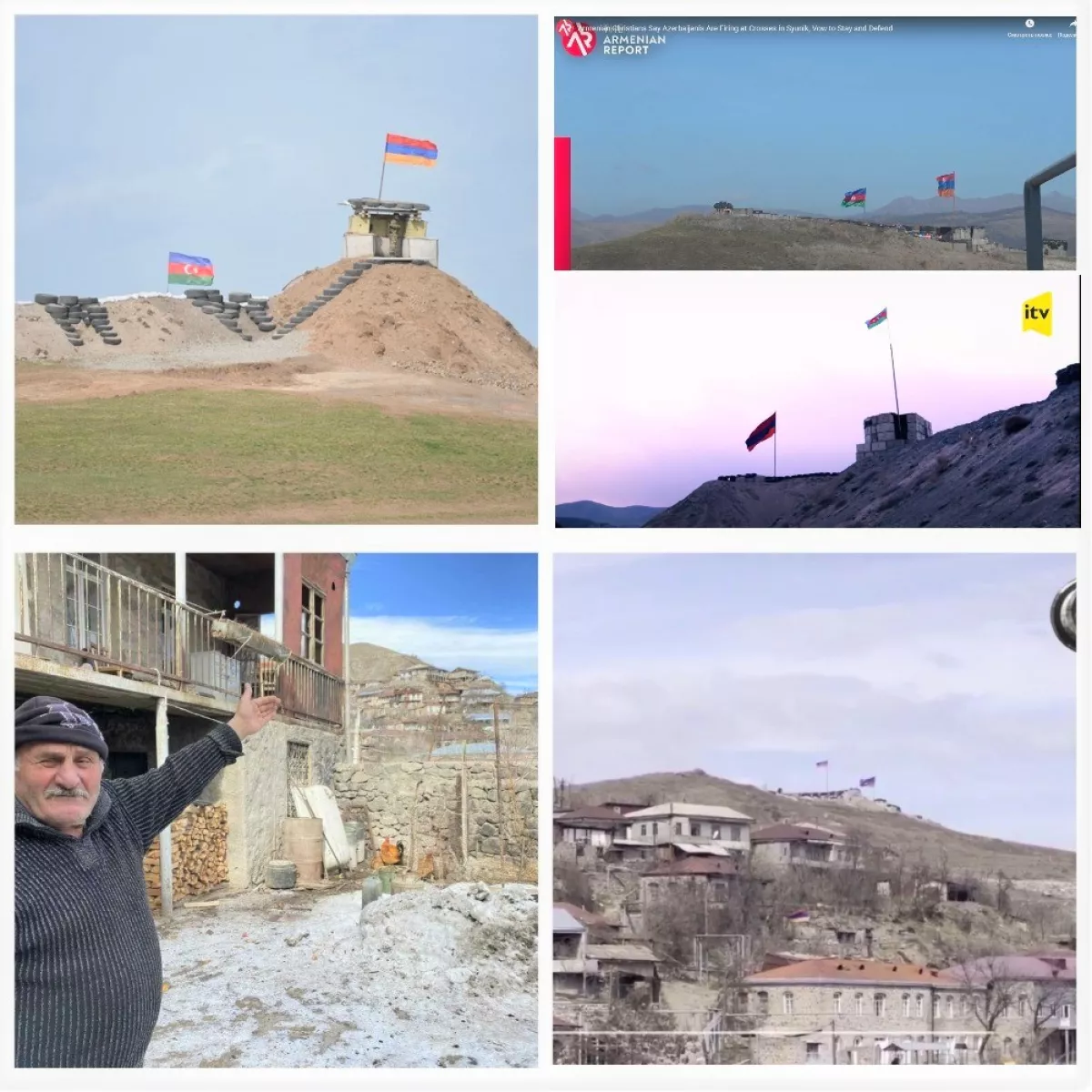
Method 1. Expertise using geolocation
The image of the Azerbaijani soldiers' position can be seen more clearly in this video, which was spread by the Armenians.
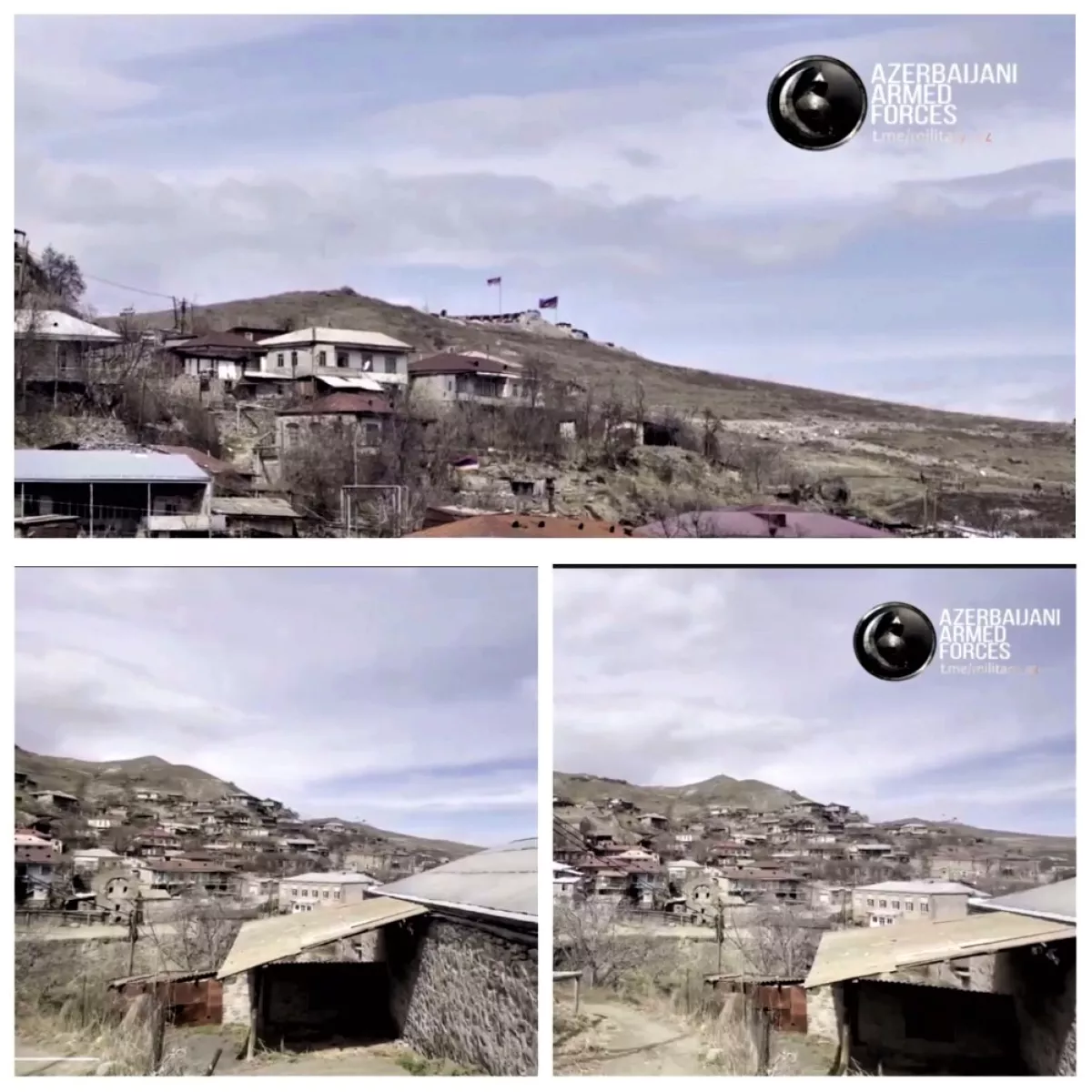
We determine the geolocation of the filming point of this video as follows:
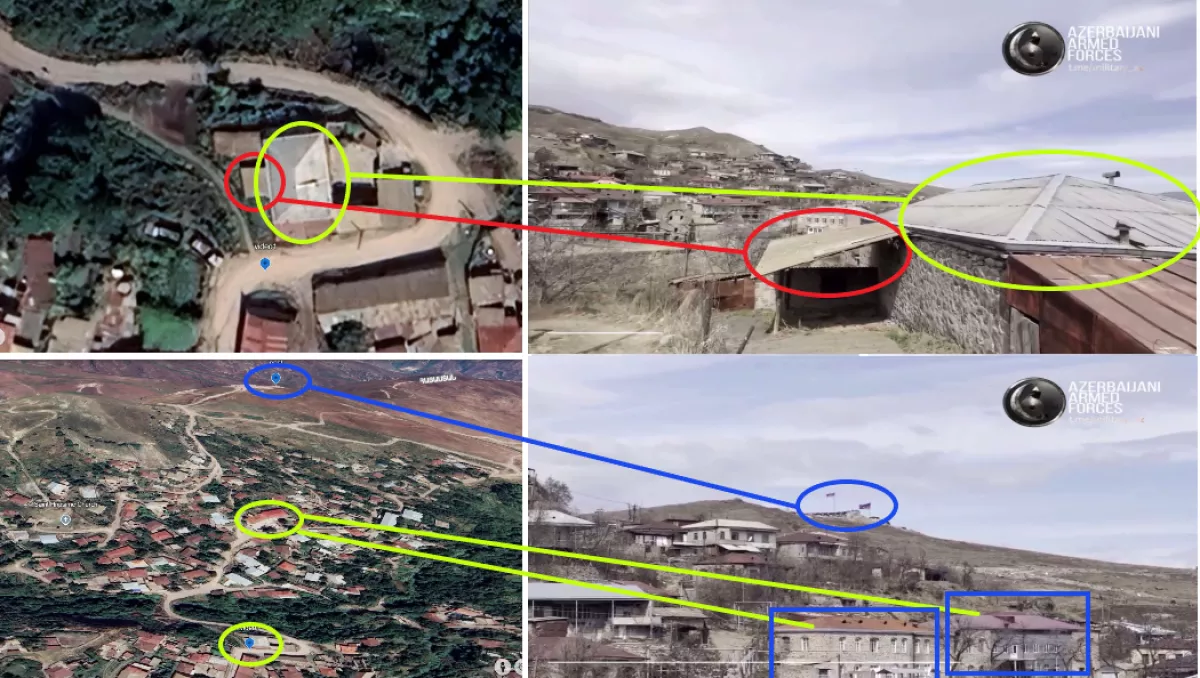
This is a view from the Azerbaijani soldiers' position towards the village. The footage was filmed by Azerbaijan's public television, ITV.
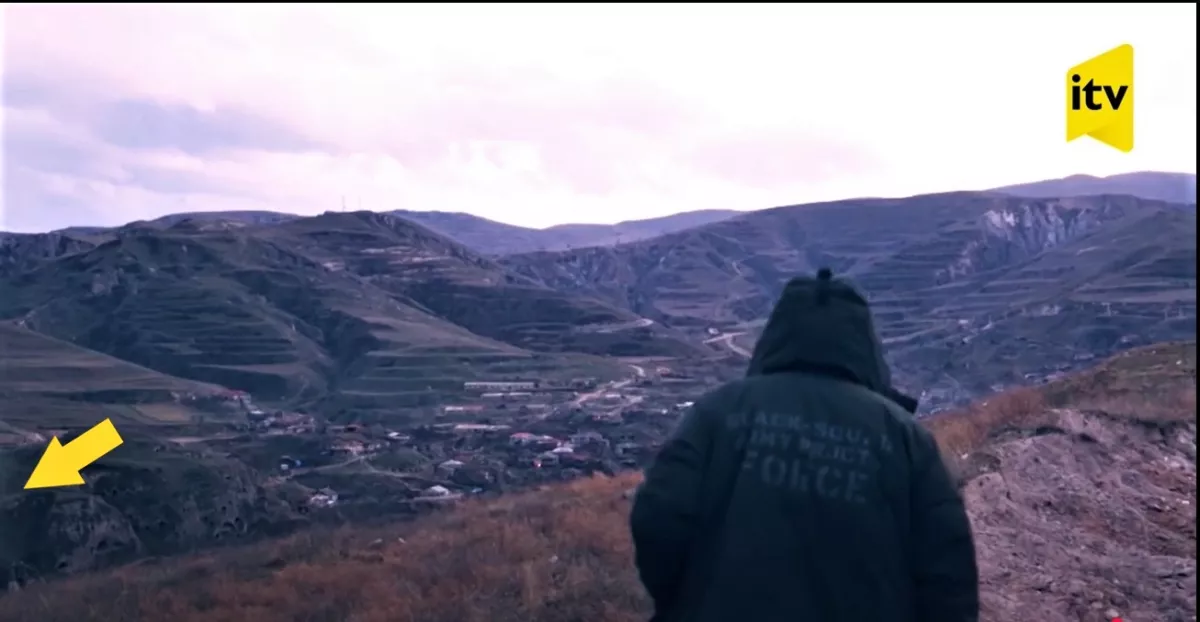
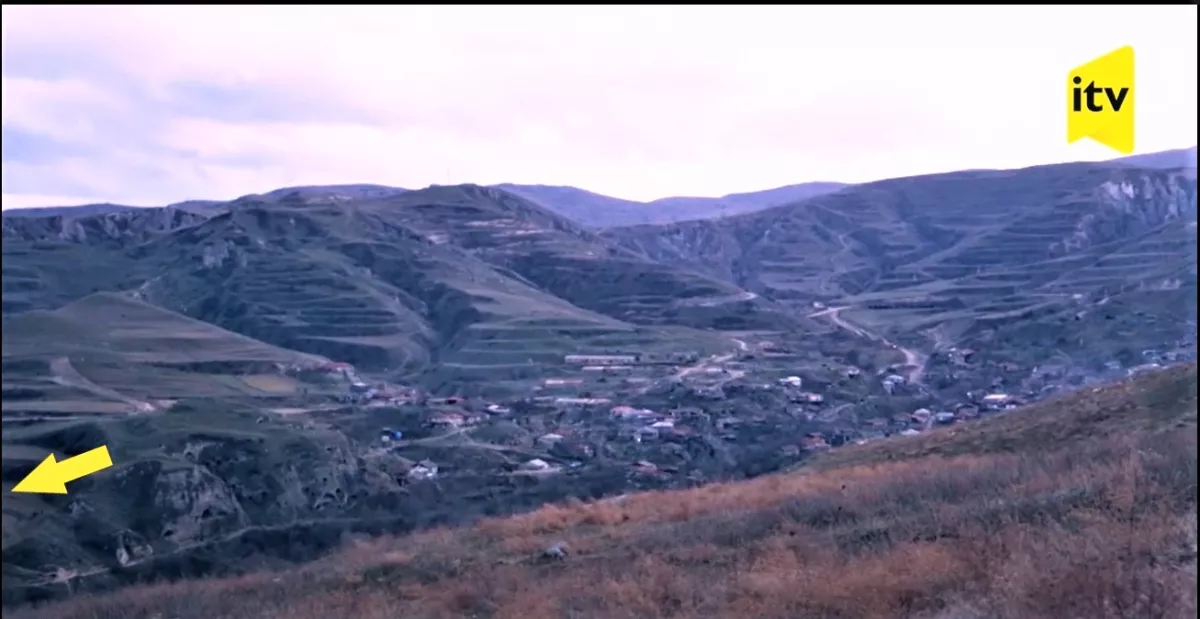
In the photograph provided to us, the terrain visible from the window is on the left side in relation to the video recording filmed by ITV.
Below, you can see the geolocation of the house that was reportedly fired upon:
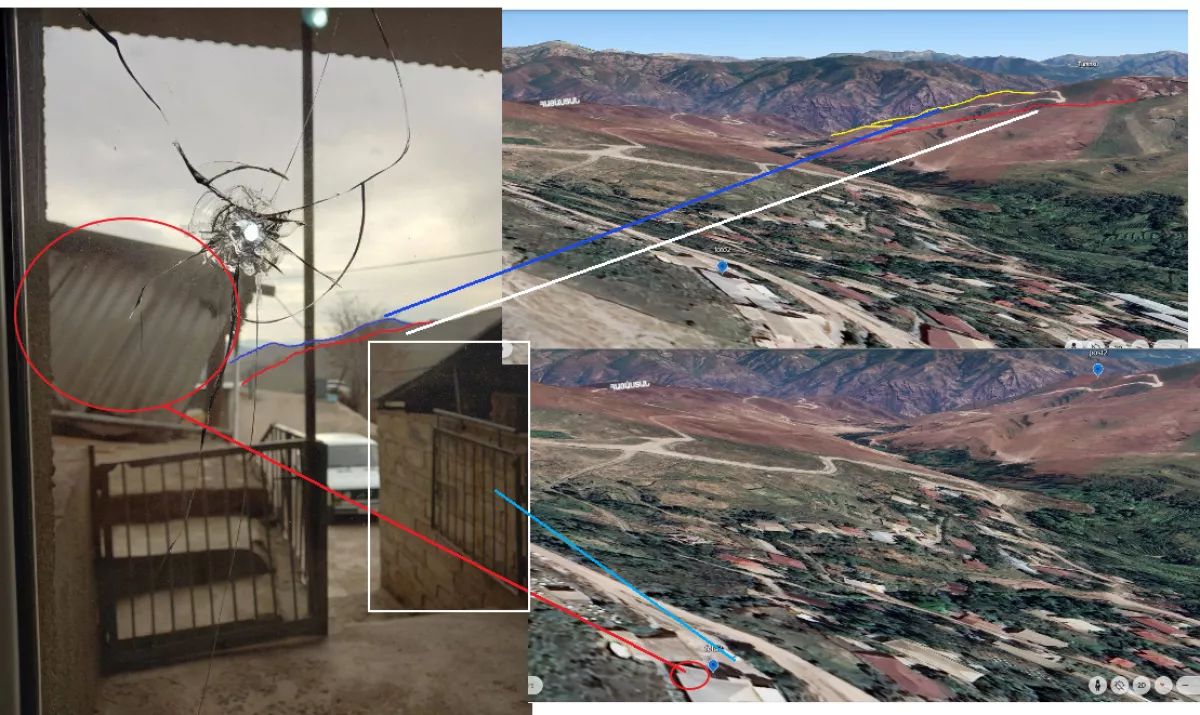
The distance from the house we identified to the Azerbaijani soldiers' position is 565 meters.
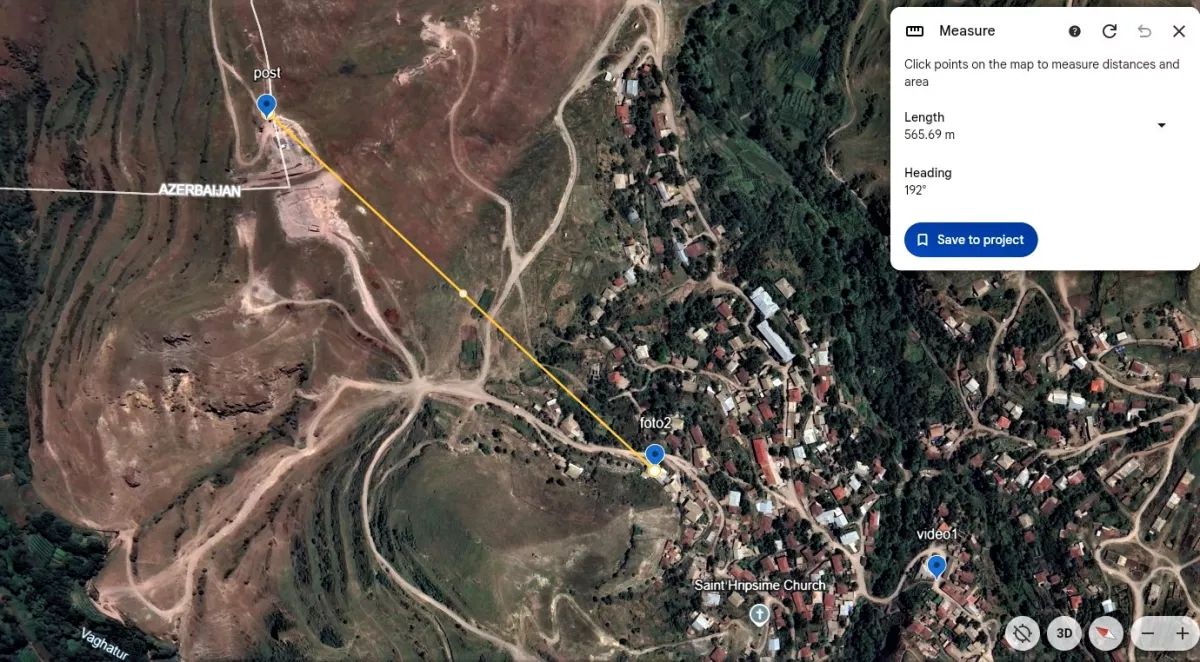
However, as confirmed by the previously presented video material from ITV, the house, through which the bullet passed, is not visible from this position. Therefore, we are looking for the nearest possible Azerbaijani position from which fire could have been opened on this house. Using Google Earth, we determined that the distance from the visible point of the window to Azerbaijani territory is 2404 meters.
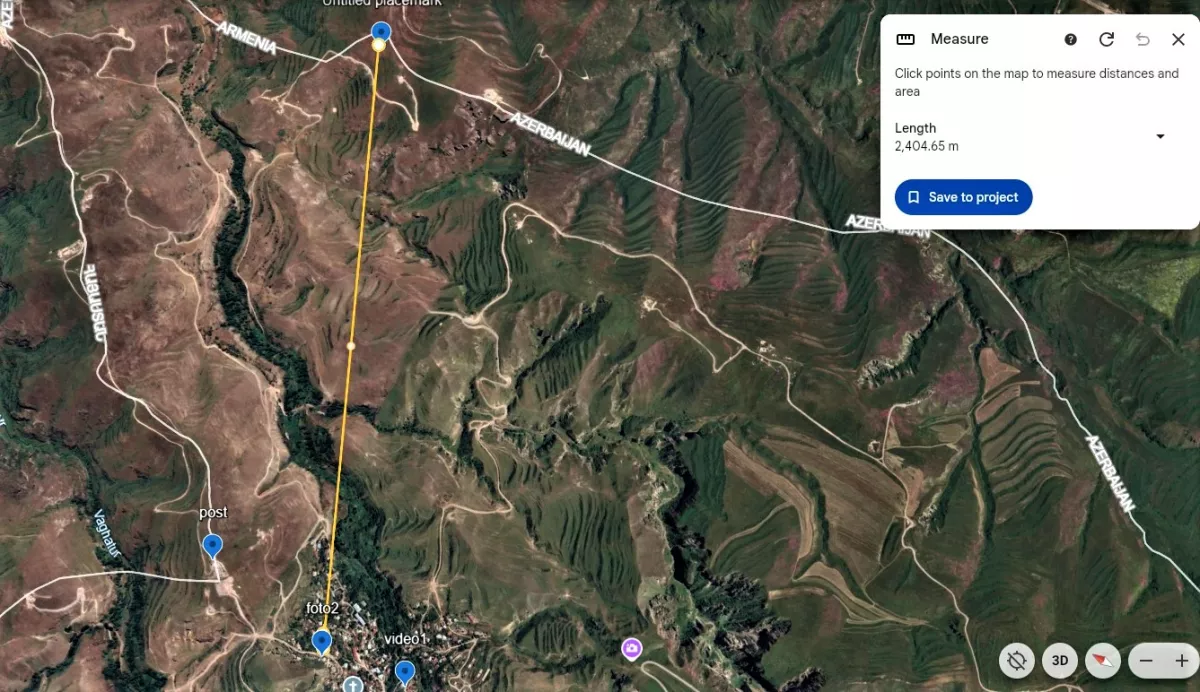
Based on the bullet that hit the window, it can be roughly determined that the shot was made from a Kalashnikov rifle of the AK-74 modification (7.62×39 mm). According to the technical characteristics of the Kalashnikov rifle, its effective range is 800 meters, while the maximum range of the bullet is around 3000 meters.
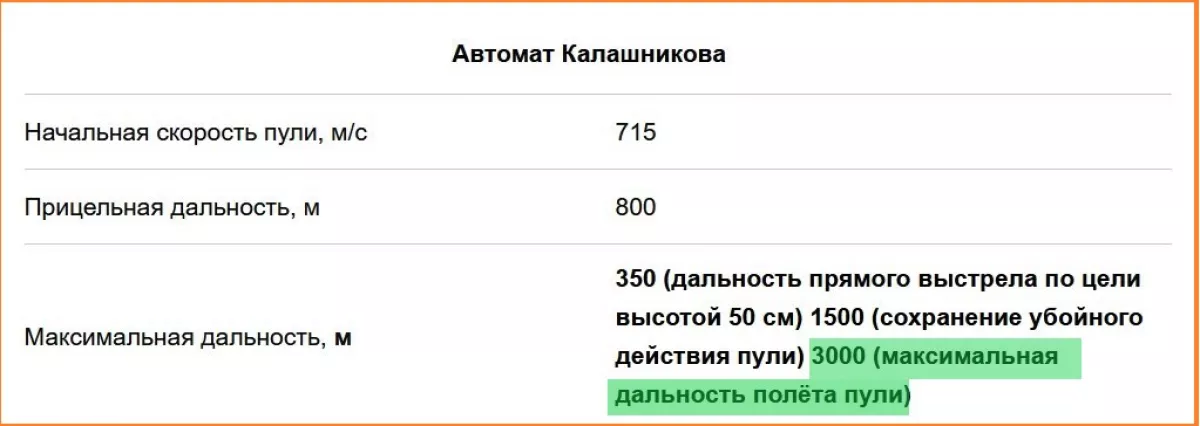
If, as claimed by the Ministry of Defence of Armenia, an Azerbaijani soldier was able to hit a window, which is 1/10th of the size of the entire house and resembles a matchbox, with such precision from a distance of 2404 meters, it could become a record-breaking event. However, neither geographical measurements, nor physics, nor logic support the possibility of such a situation. Shooting with such accuracy at this distance is no easy task. It is even impossible with a Kalashnikov rifle. Other details will be revealed in the next method.
Method 2. Expertise using the laws of physics
As a result of a gunshot, cracks of two types form in the glass: concentric and radial.
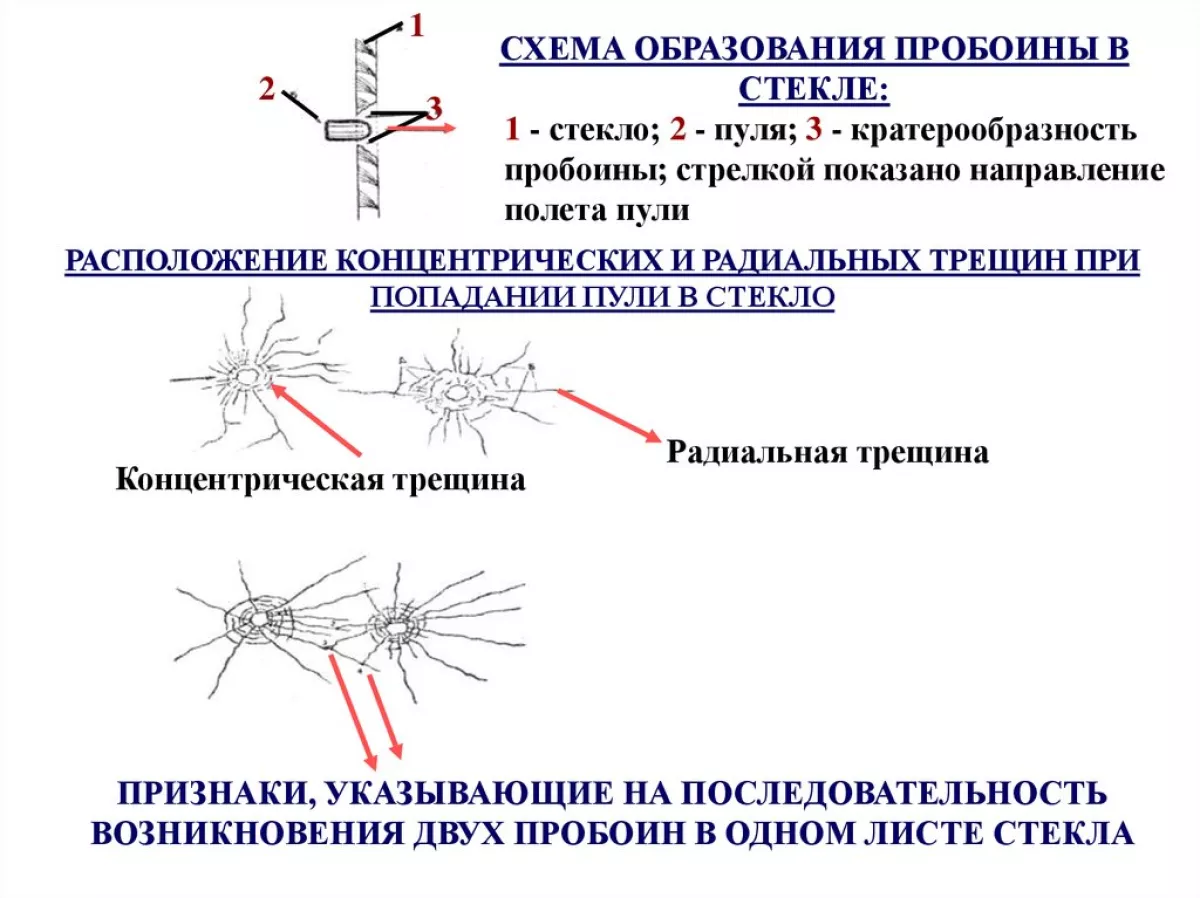
In forensic science, when conducting an expert analysis of the point of impact, the size of the hole formed by the bullet in the glass is used to determine the distance, angle of the shot, and the type of firearm used.
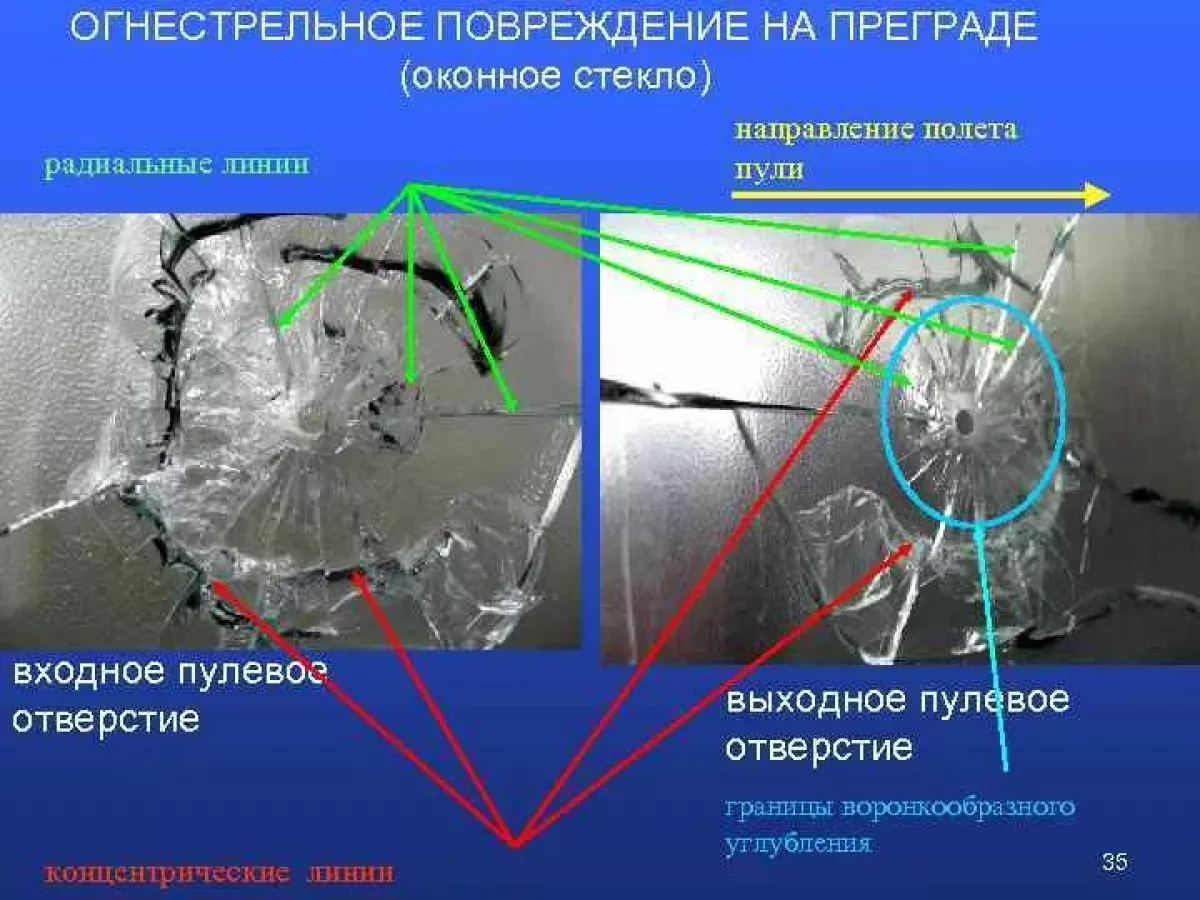
These images show the large (1) and small (2) lines, the glass fragment broken off after the shot, as well as the "islands" formed by the cracks.
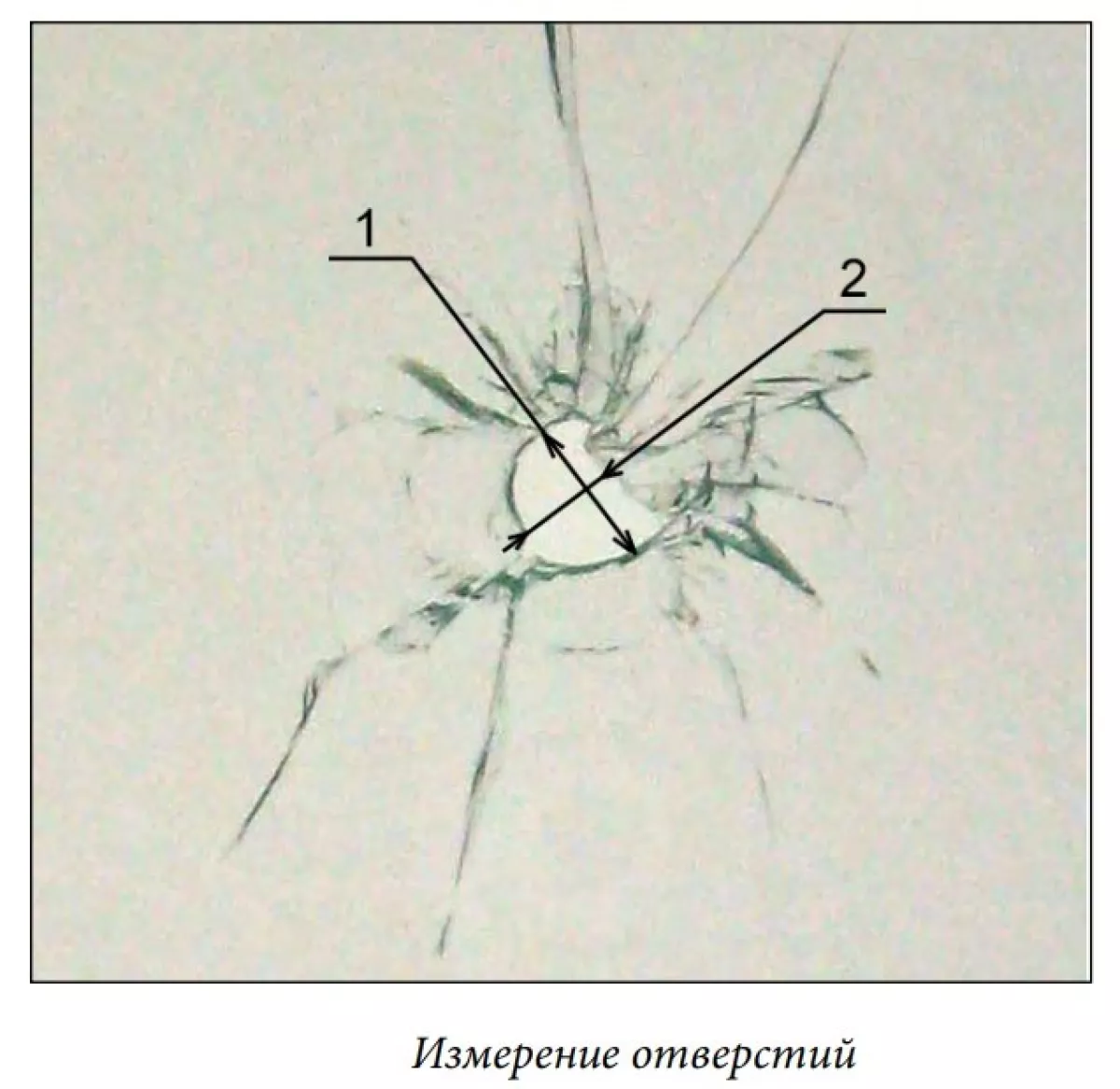
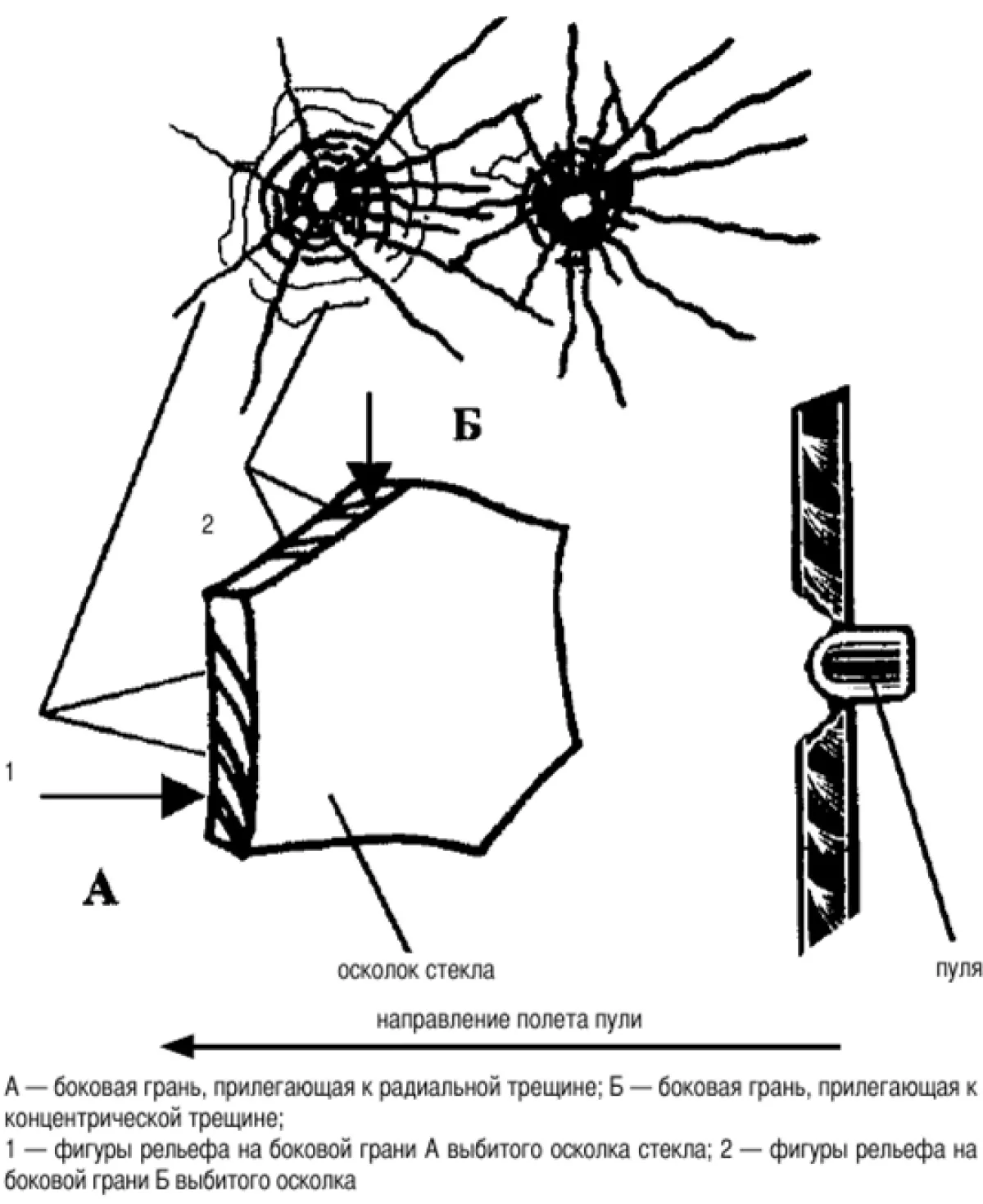
All of the above information is presented to form a general picture of the incident. Now, let us move on to the key moment.
In the photograph presented by the Armenian side, the bullet hole in the window glass is clearly visible, as well as the indentation formed on the wall.
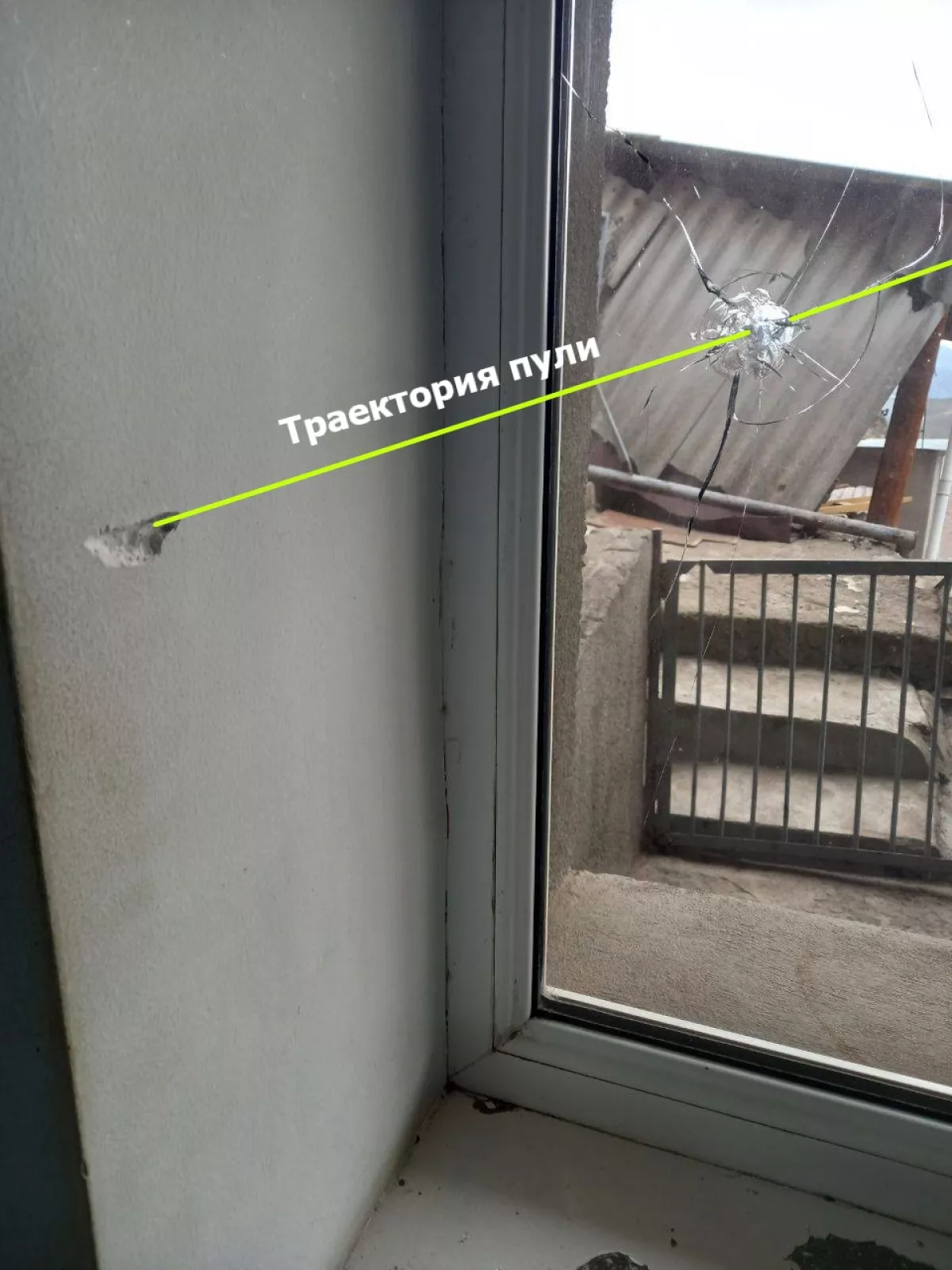
In this image, a schematic drawing is presented, showing the angle and direction in which the bullet was fired.
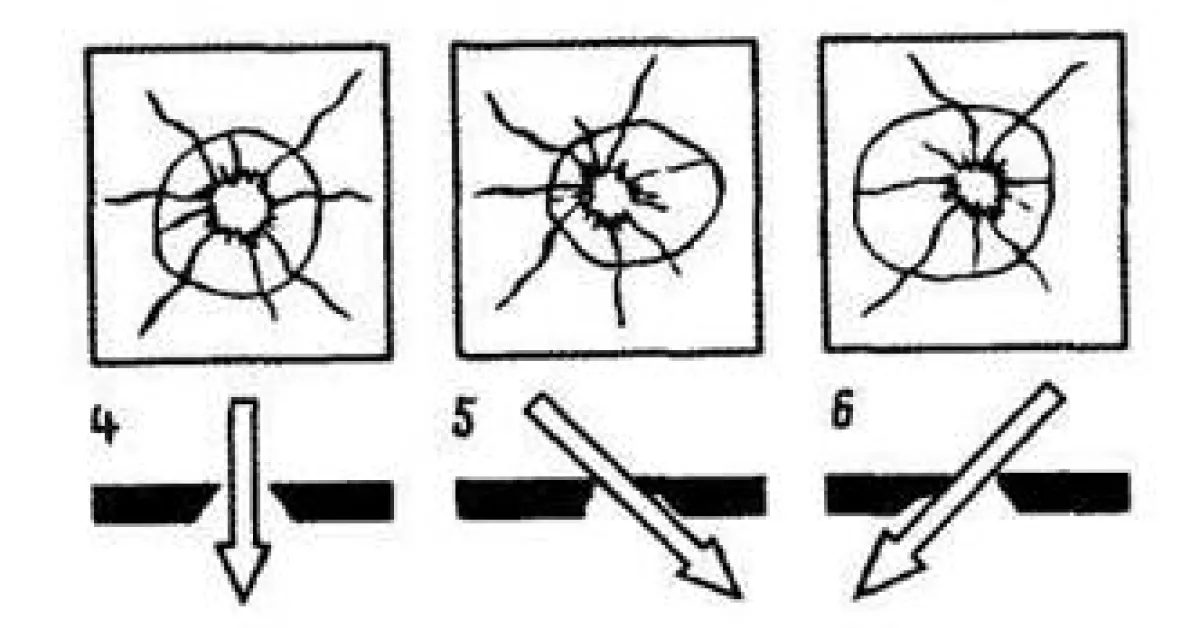
Let us compare both photos:
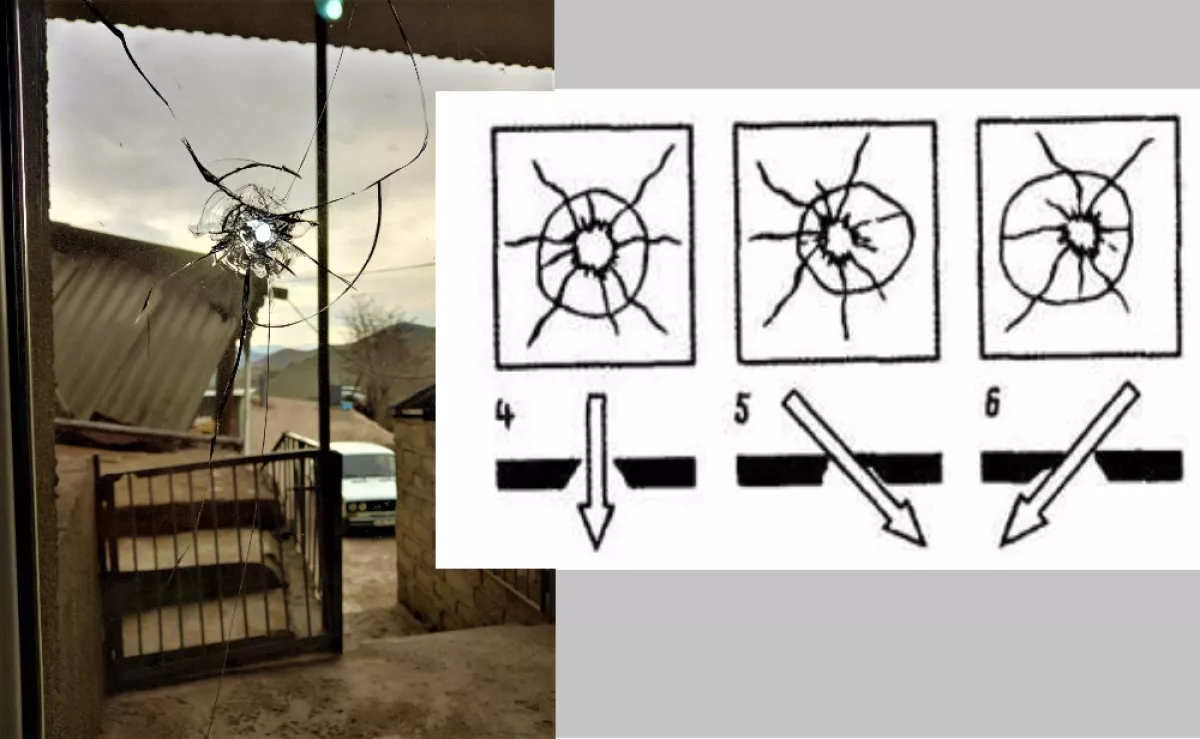
Undoubtedly, the bullet hole in the presented window corresponds to type 5, as shown in the diagram:
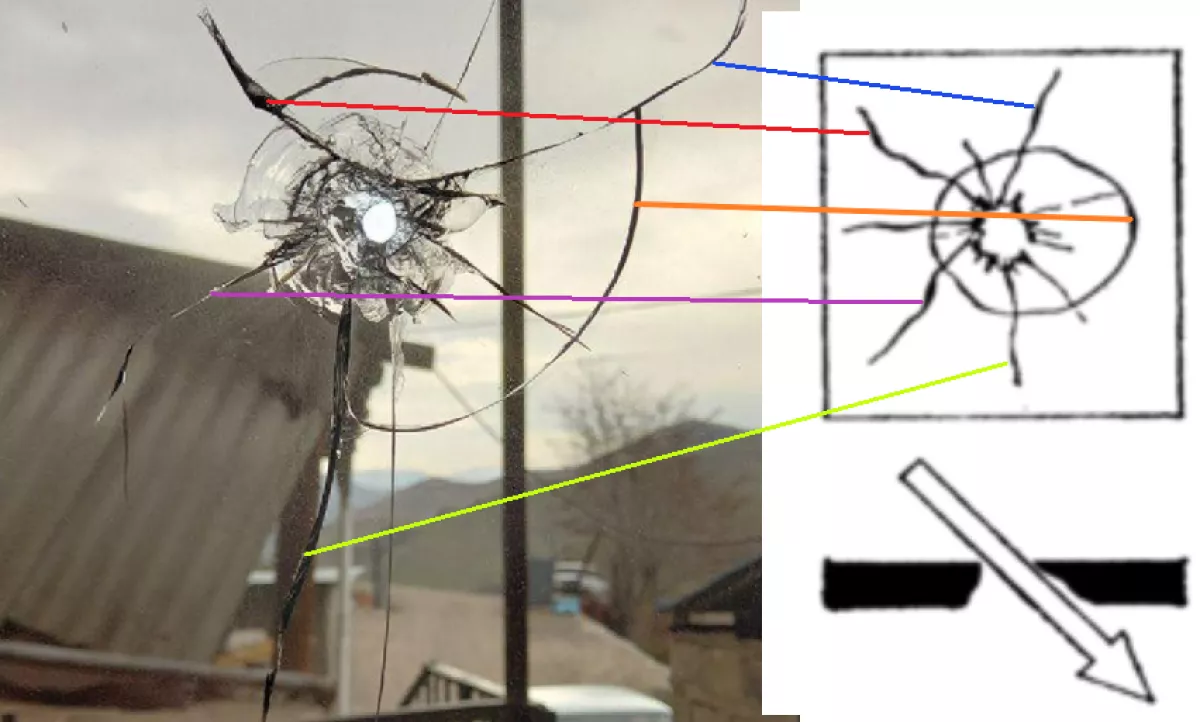
According to forensic rules, the radial distribution of cracks and the shift of the bullet hole to the left corner indicate that the shot was fired from the left side. However, the analysis of the photo disseminated by the Ministry of Defence of Armenia shows that the shot was fired from the right side in relation to us. In this situation, there is only one possible conclusion: the shot was not fired from the Azerbaijani side.
On the other hand, the hole left by the bullet in the wall, the size of the hole in the glass, and other factors allow us to form certain ideas about the direction from which the shot was fired. Let’s try to explain this.
The editorial team, aiming to conduct an objective analysis, turned to foreign experts. As a result, the following conclusion was reached:
When analyzing the damaged glass, three notable elements stand out:
-
Central crack (bullet damage and cracks in the glass)
The edges of the crack are smooth, and the cracks themselves are clearly visible, which indicates the rapid passage of the bullet through the glass. The well-defined hole in the center suggests that the glass was not armored and that the bullet experienced minimal deformation upon impact. -
Radial cracks
Typically, long and clearly defined lines form when there is high kinetic energy. The more such cracks there are, the higher the speed at which the bullet made contact with the glass.
In this regard, we present data on the kinetic energy of the bullet when fired from a Kalashnikov rifle at different distances:
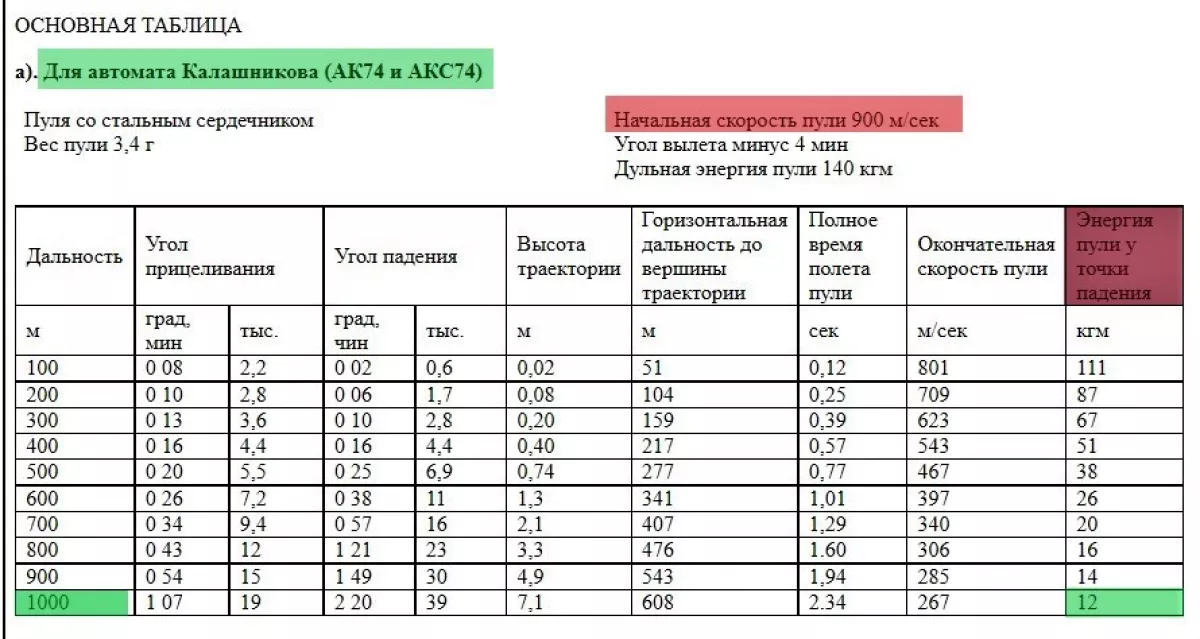
If we look at the table, we can see that at distances over 1000 meters, the kinetic energy of the bullet significantly decreases — to about 12 kg.m/s. In other words, in our case, the bullet passed through the glass with high kinetic energy. The small glass protrusions, particles, and material ejection in the opposite direction (visible around the hole) indicate that the bullet pierced the glass.
3. Concentric cracks and glass fragments
This leads to the conclusion that if the shot was fired from an AK-74 weapon (5.45×39 mm):
-
If the shot had been fired from a very close range (up to 50 meters), the cracks would be larger, and larger pieces of glass would have fallen out. However, we do not observe this here.
-
When firing from a distance of 50 to 150 meters, medium-sized cracks form, but the bullet penetrates the target with high energy.
-
At a distance of more than 200 meters, the glass absorbs more energy, leaving less noticeable cracks.
Thus, based on the shape of the hole, the number of cracks, and the glass ejection, we can assume that the shot was fired from a distance of 100-150 meters.
In this context, it is also worth mentioning another experiment conducted by Pakistan's National Forensic Agency. They studied the possibility of determining the distance of a shot based on the size of holes in the glass formed by shooting from different distances.
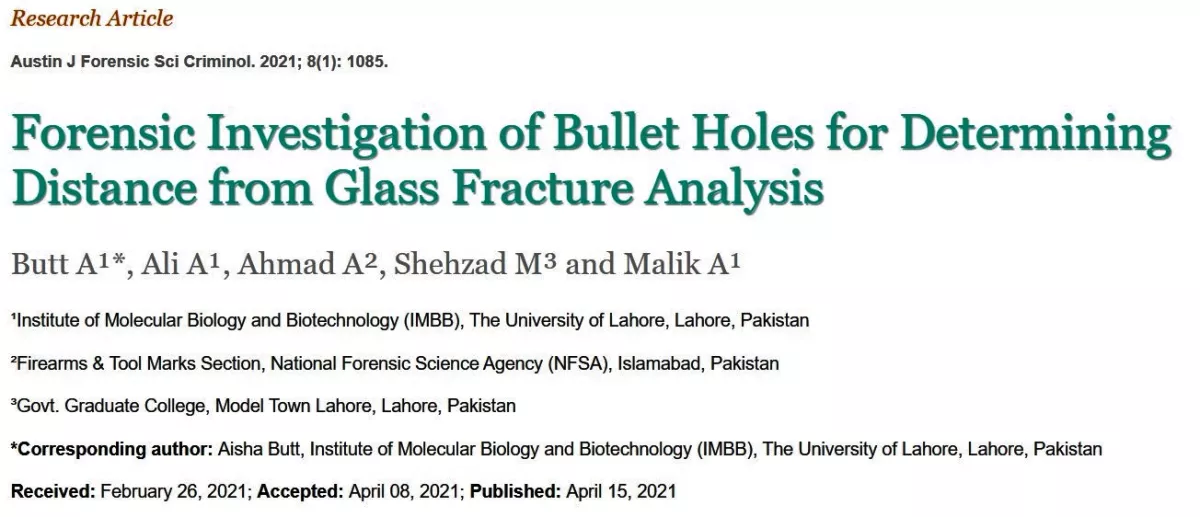
As a result of the experiment, it was established that the size of the hole formed in the glass changes depending on the distance. For example, when firing from a .30 caliber pistol, the diameter of the hole created by the bullet changes accordingly with distance. That is, if a larger hole is recorded at close range, as the distance increases, the size of the hole decreases.
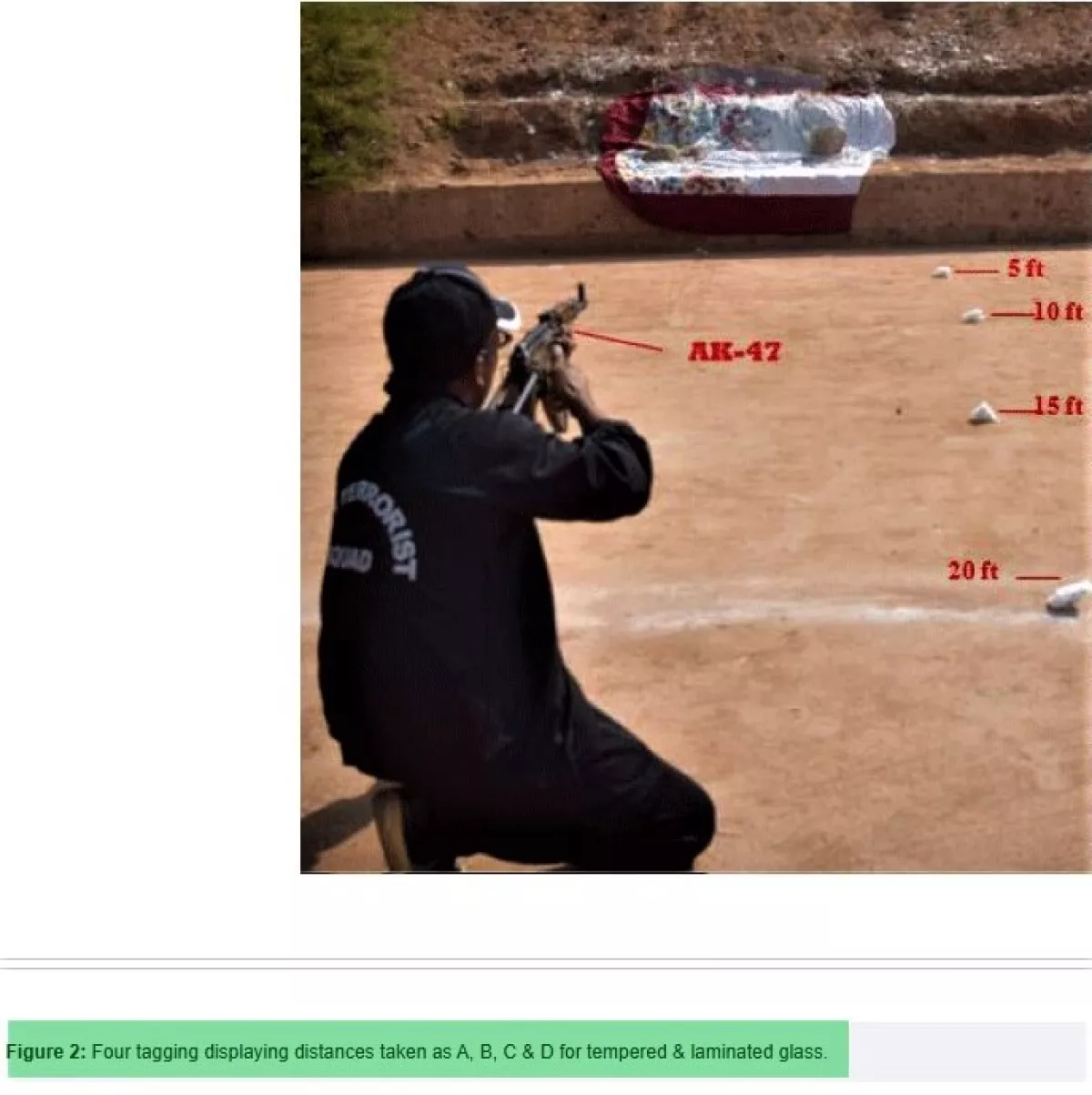
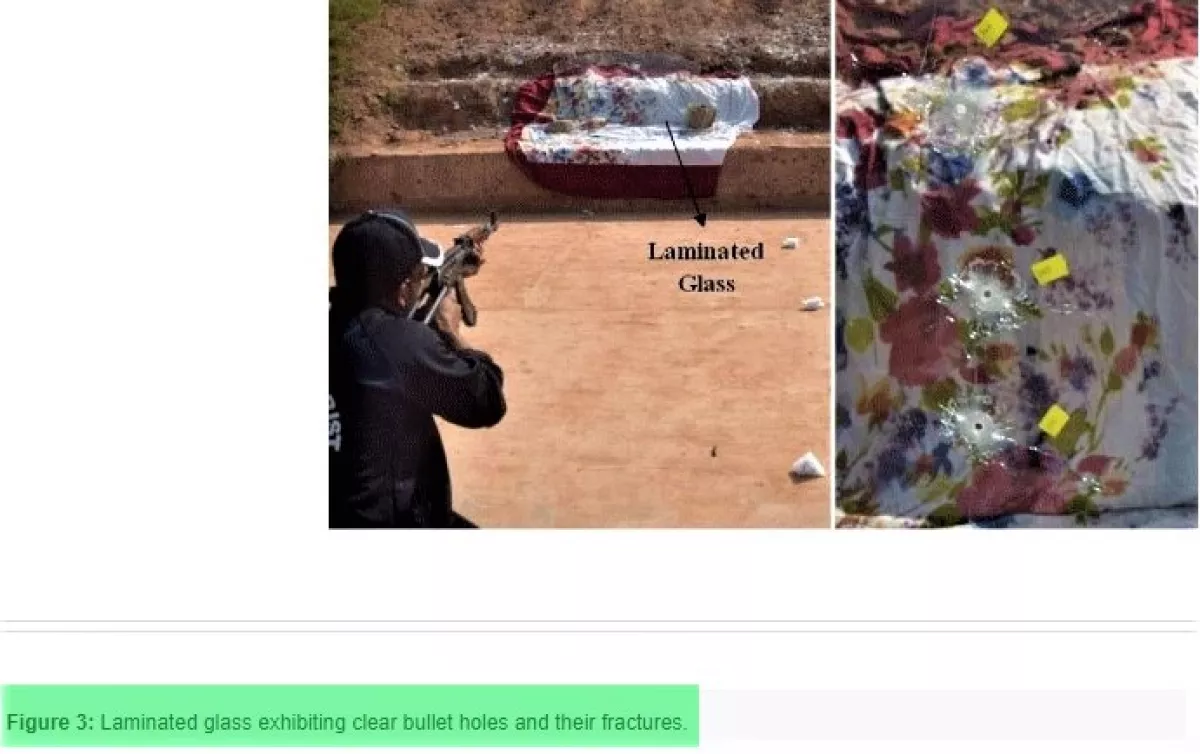
A similar experiment was conducted with the AK-47 rifle, and the results confirmed the data obtained during testing with this weapon. Therefore, the conclusion was made: by determining the caliber of the bullet and the angle of its impact, the distance of the shot can be established. To do this, the diameter of the hole formed and other indicators must be measured and then compared with a table to determine the distance.
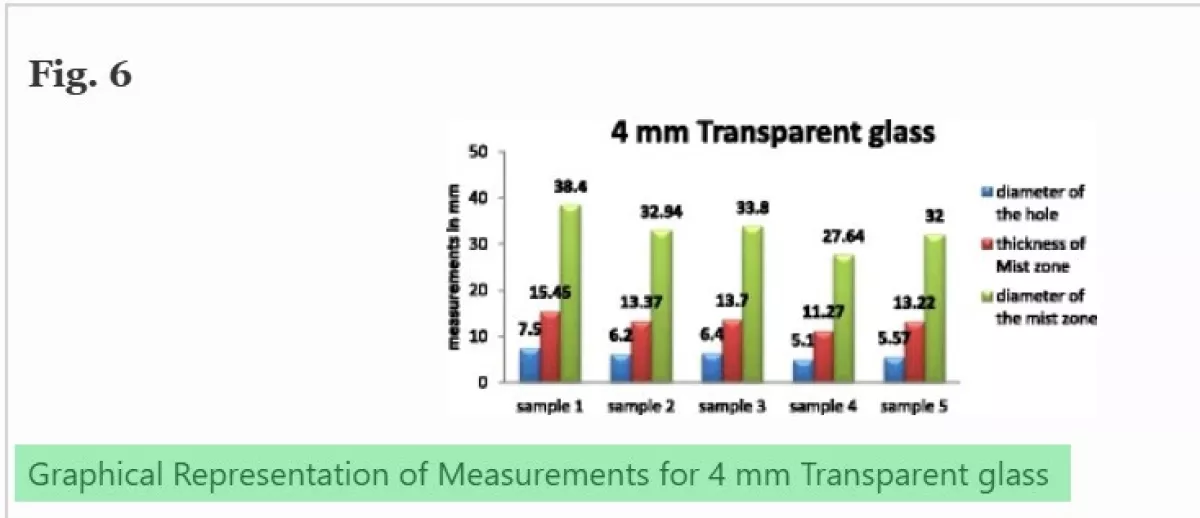
Let’s clarify this fact using another method of ours.
Method 3. Mathematical calculations
First, let's calculate the length of the bullet's trajectory, ignoring wind resistance:
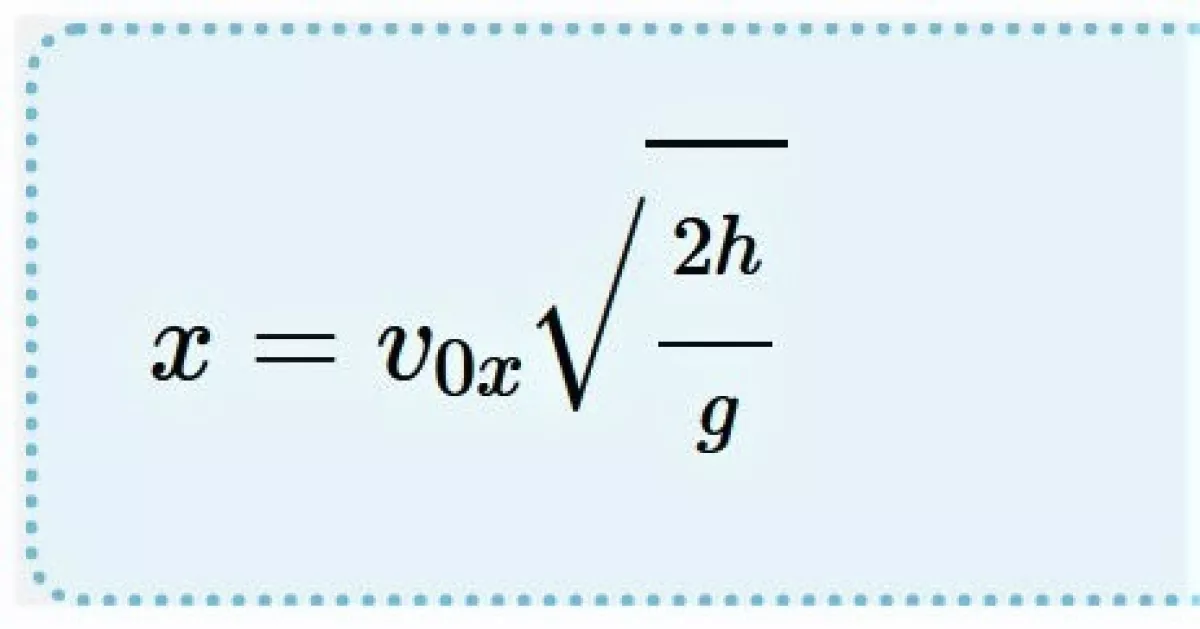
Here, V₀x is the initial velocity of the bullet (for the Kalashnikov rifle, it is 900 m/s), h is the height of the shooting point (1409 meters), and g is the acceleration due to gravity (gravitational constant) — 9.8 m/s².
Ignoring air resistance, with these parameters, the length of the bullet’s trajectory is 1512 meters.
In this formula, additional factors such as meteorological conditions, glass resistance, flight time, and the bullet's mass are also taken into account.
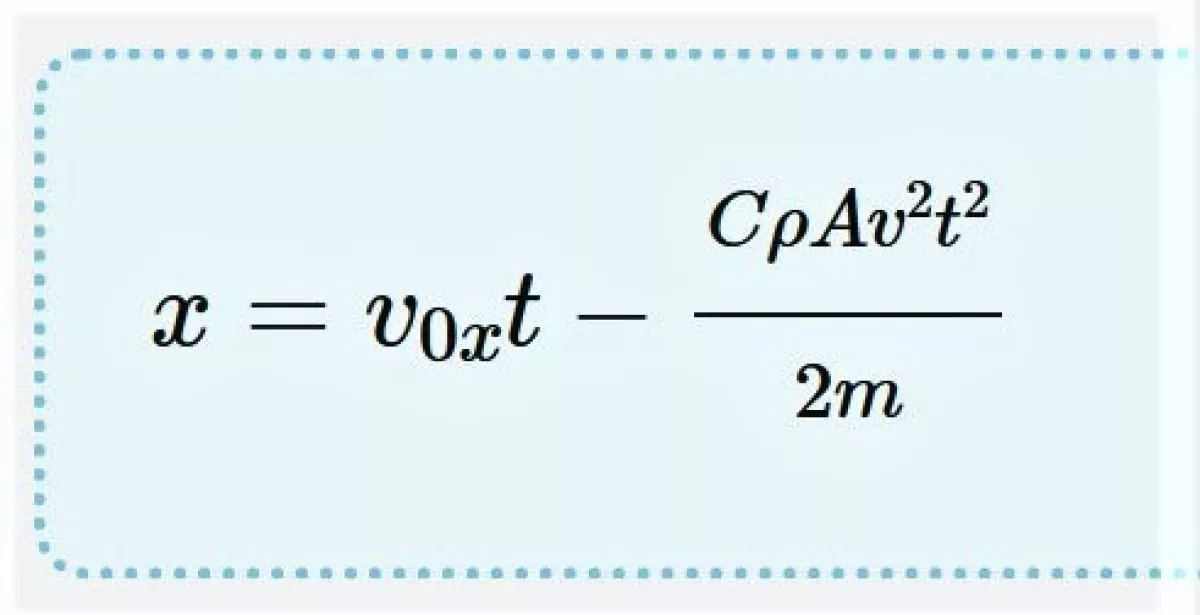
Here, C is the bullet’s drag coefficient (0.295), p is the air density (1.27 kg/m³), A is the bullet's cross-sectional area (7.62 × 10⁻⁵ m²), t is the flight time (0.452 s), and m is the bullet’s mass (0.034 kg).
By adding these values into the formula, we get: 118.5 meters.

According to the data obtained, the shot at the window glass, as shown in the photograph circulated by the Armenian side, was fired from a distance of 118 meters. Meanwhile, according to the Google Earth application, the nearest position of the Azerbaijani Armed Forces is 2404 meters from the house in question. Therefore, the mathematical calculations indicate a distance of 118 meters.
By the way, readers who do not wish to get bogged down in lengthy mathematical calculations can use online ballistic calculators, such as Shooter’s Calculator, to perform such calculations in a virtual mode.
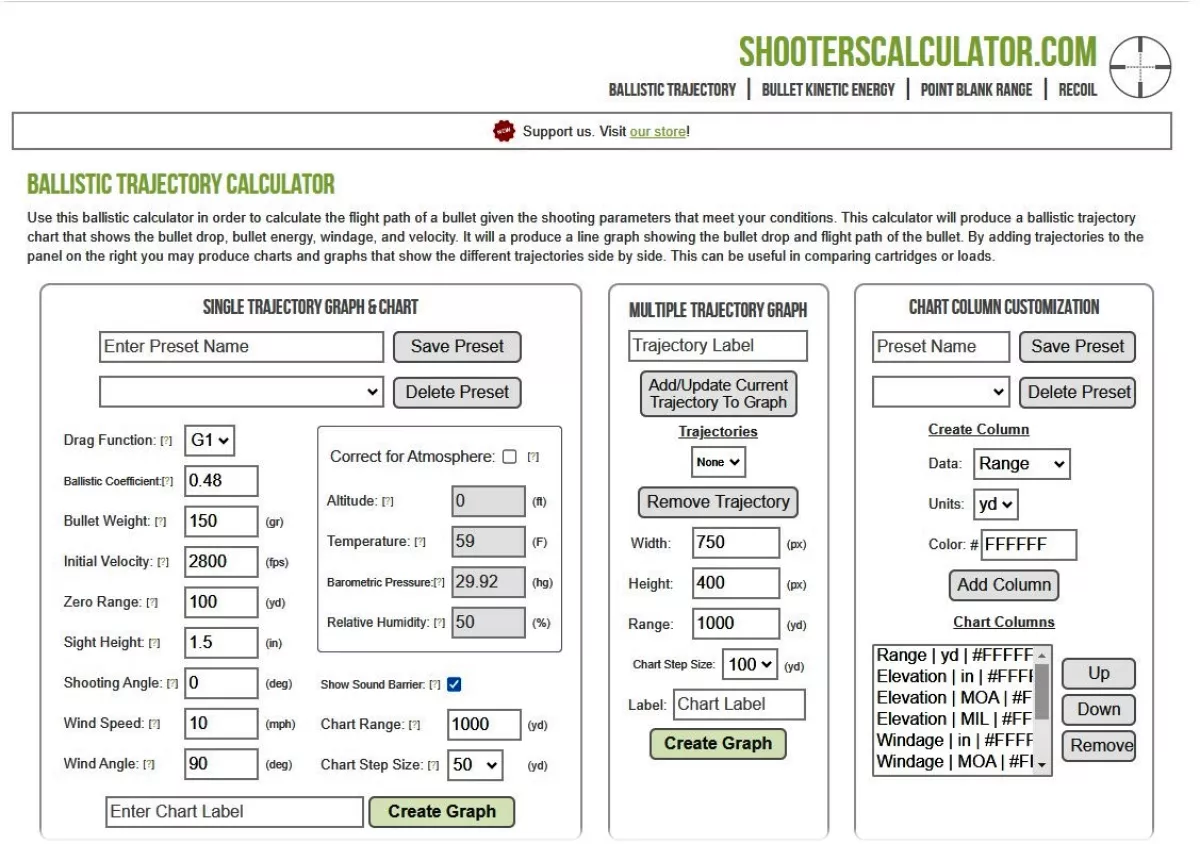
Conclusion:
-
Armenia’s claims about an alleged shelling of the village of Khanazakh by Azerbaijani Armed Forces lack any real basis and are completely false, constituting disinformation.
-
This is yet another attempt by the Armenian leadership to mislead the international community through speculations and falsifications.
-
Therefore, the Armenian side aims to conceal its provocations, including regularly shelling Azerbaijani Armed Forces units and attempting reconnaissance flights with drones and UAVs over our positions.








